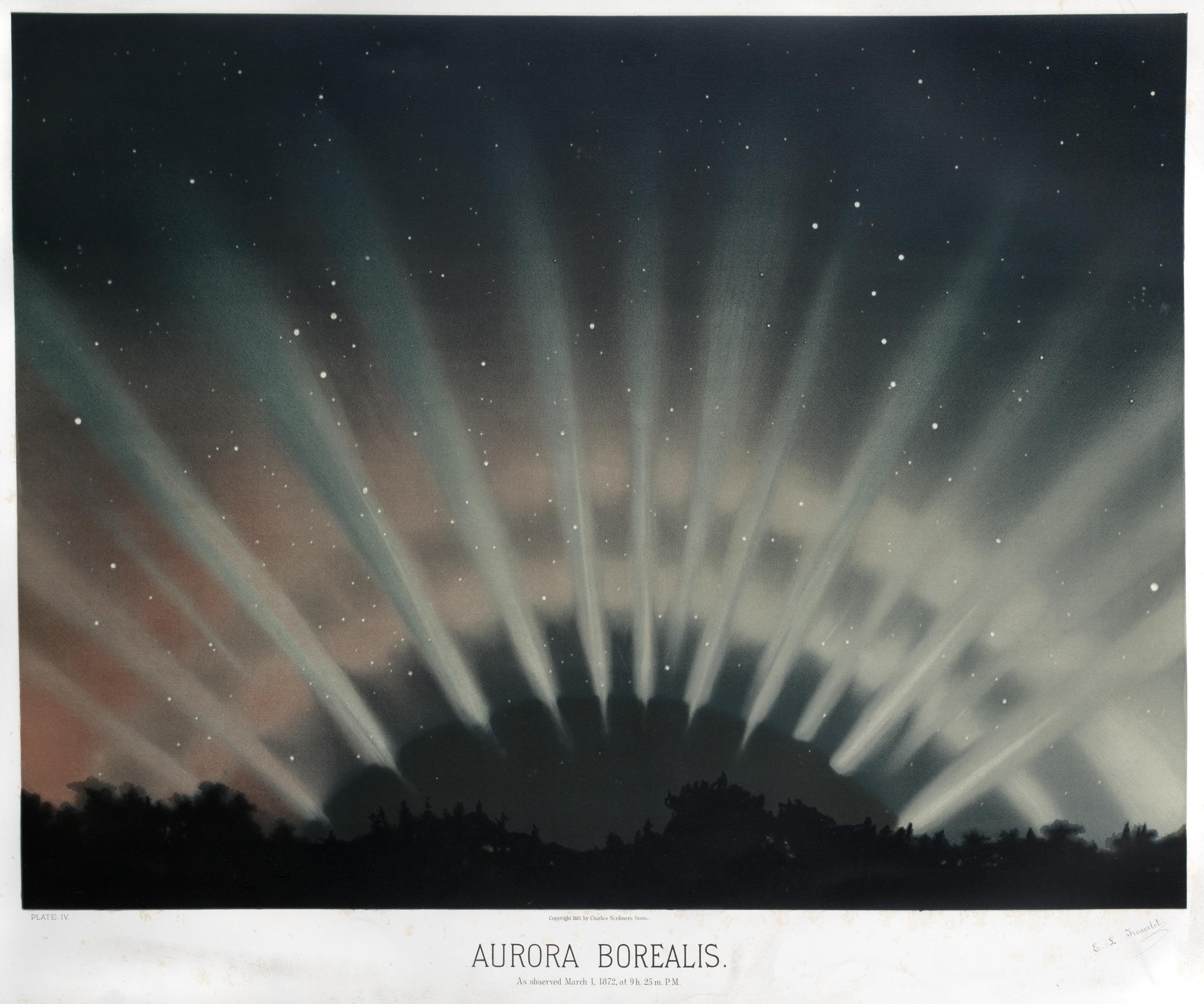An unexpected outburst of space weather a few days ago has surprised forecasters and come as a timely reminder that we need more accurate forecasts of potentially damaging space storms.
The wind of particles from the Sun created a “crack” in Earth’s magnetic field last Saturday night, causing spectacular light shows in the Northern and Southern hemispheres, with the aurora borealis snaking across the sky in Northern America and the aurora australis seen in New Zealand.

The storm was even more surprising since it took place during the solar minimum, the period in the sunspot cycle when solar activity is lowest and sunspots least abundant.
To mark our autumn 2018 blockbuster exhibition, The Sun: Living With Our Star, the Science Museum and a team at Reading University ran a citizen science project to research patterns in solar storm activity to, ultimately, try to improve space weather predictions.
Super-heated, electrically-charged material from the Sun can cause severe disruption to power grids, satellite navigation and communication.
This Saturday marks the anniversary of the most violent ever known, the so-called Carrington Event of 1859, which would cause devastating effects if a storm of its magnitude were to take place during today’s connected, technological era.
So far 1,500 people have classified the complexity of more than 130,000 images for the Reading University/Museum citizen science experiment, so the project is around three quarters complete, said Chris Scott, Professor of Space and Atmospheric Physics, who is running the experiment with his Reading University colleague Shannon Jones.

This week’s geomagnetic storm was rated 3 or “strong” on the 1 to 5 scale for these events by the US National Oceanic and Atmospheric Administration and it underlines the importance of the citizen science project because ‘forecasters did not see this coming,’ said Prof Scott.
This was a slow-moving wave of charged particles from the Sun, known as a coronal mass ejection, or CME. However, the magnetic fields of the CME were aligned in such a way that its energy was ‘efficiently transferred to Earth,’ causing the aurorae, said Prof Scott.
A recent survey, commissioned from YouGov by the museum shows that attitudes have changed little – and for the worse – since a set of workshops in 2014/15 along with an online survefor the Science and Technology Facilities Council revealed three quarters of people know very little or almost nothing about the threat.
The UK-wide survey reveals that over 97% of the population know little or nothing about space weather and over 80% are not worried about the impact of a potentially severe space storm.
Even though there have been warnings that the UK should plan now to mitigate the effects of a rare but potentially serious solar superstorm, the survey reveals that more could be done by the public to prepare for severe space weather.
According to a report published in 2013 by the Royal Academy of Engineering, the first in depth assessment done in the UK, a solar superstorm is inevitable at some point and will degrade the performance of the electricity grid, satellites, GPS systems, aviation and possibly mobile communications.
Through this citizen science project, everyone has the chance to find out more about this threat and help protect our planet. It is simple to participate – just visit our Zooniverse project page and click on the ‘classify’ tab to help compare as many of the thousands of images of solar storms as you can.
Astronomer Richard Carrington’s original drawings of the solar flare of 1859 were recently on display in our blockbuster exhibition, The Sun: Living With Our Star, which ran from 6 October 2018 – 6 May 2019.
Read more about the Carrington event and space weather at the Science Museum website.
Learn more about humanity’s relationship with our nearest star in this blog series, based on our recent exhibition The Sun: Living With Our Star.